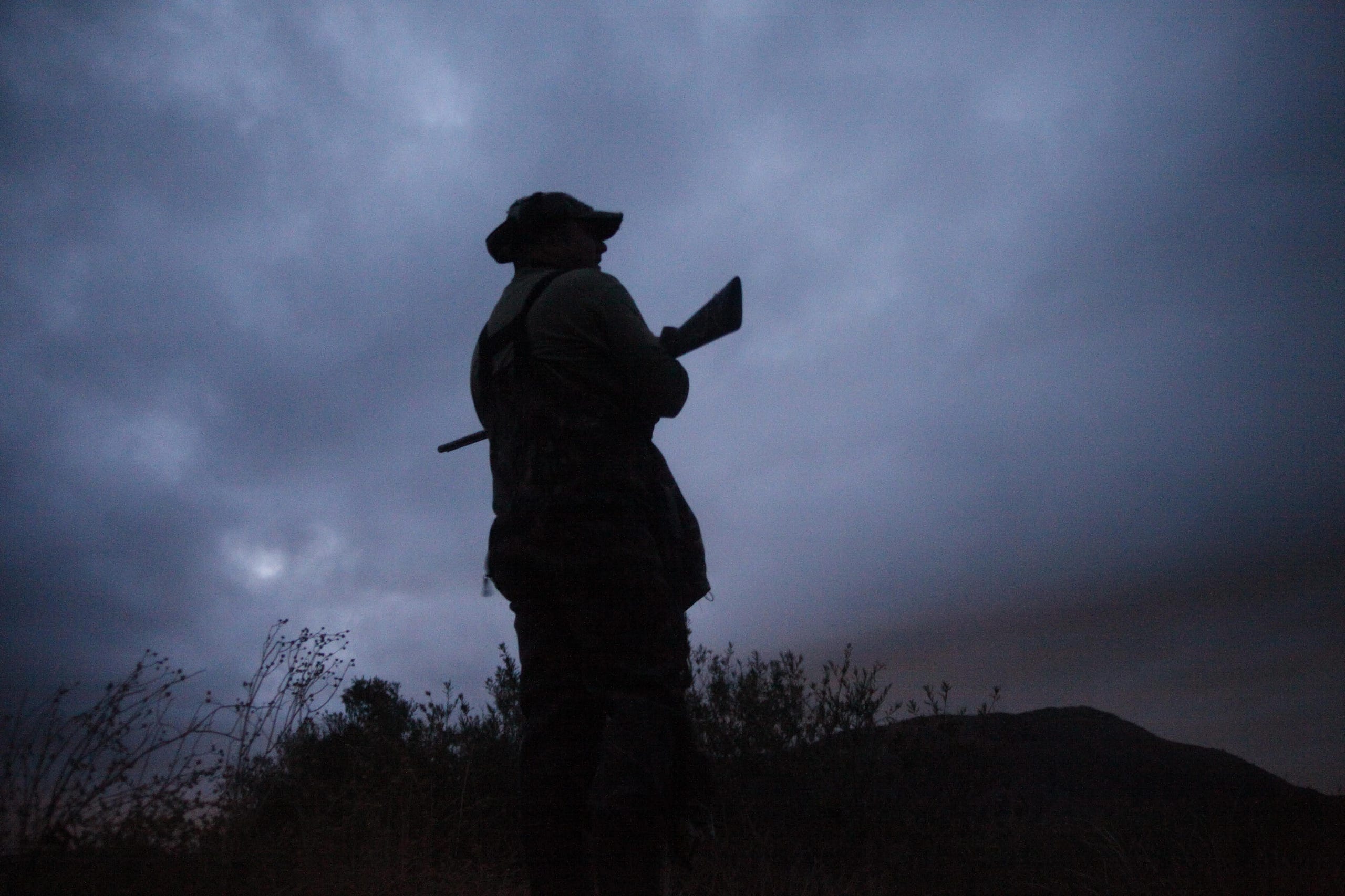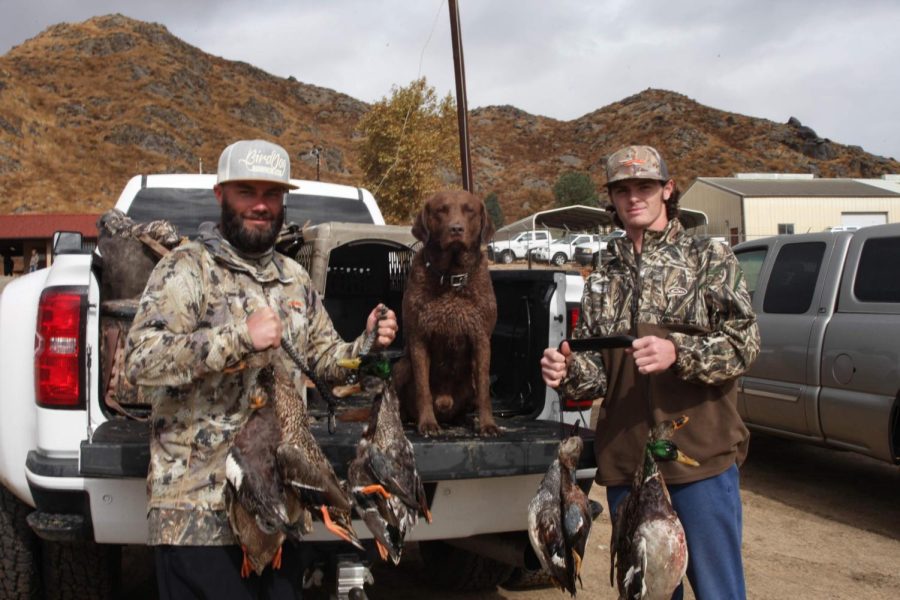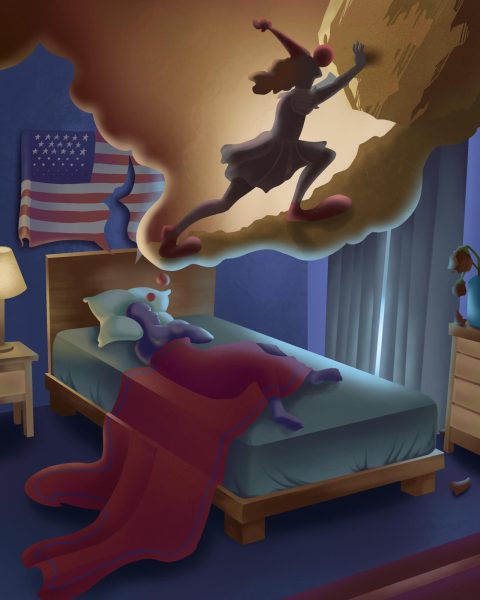Duck Hunters in the San Jacinto Wildlife Area
Where conservation efforts and grocery lists meet.
The wild birds of North America, both migratory and resident, are an important part of their respective ecosystems. Some act in providing food for predatory animals, others help control the populations of insects that otherwise would run wild, while some are heavily depended upon by different plant species to disperse their seeds or for pollination.
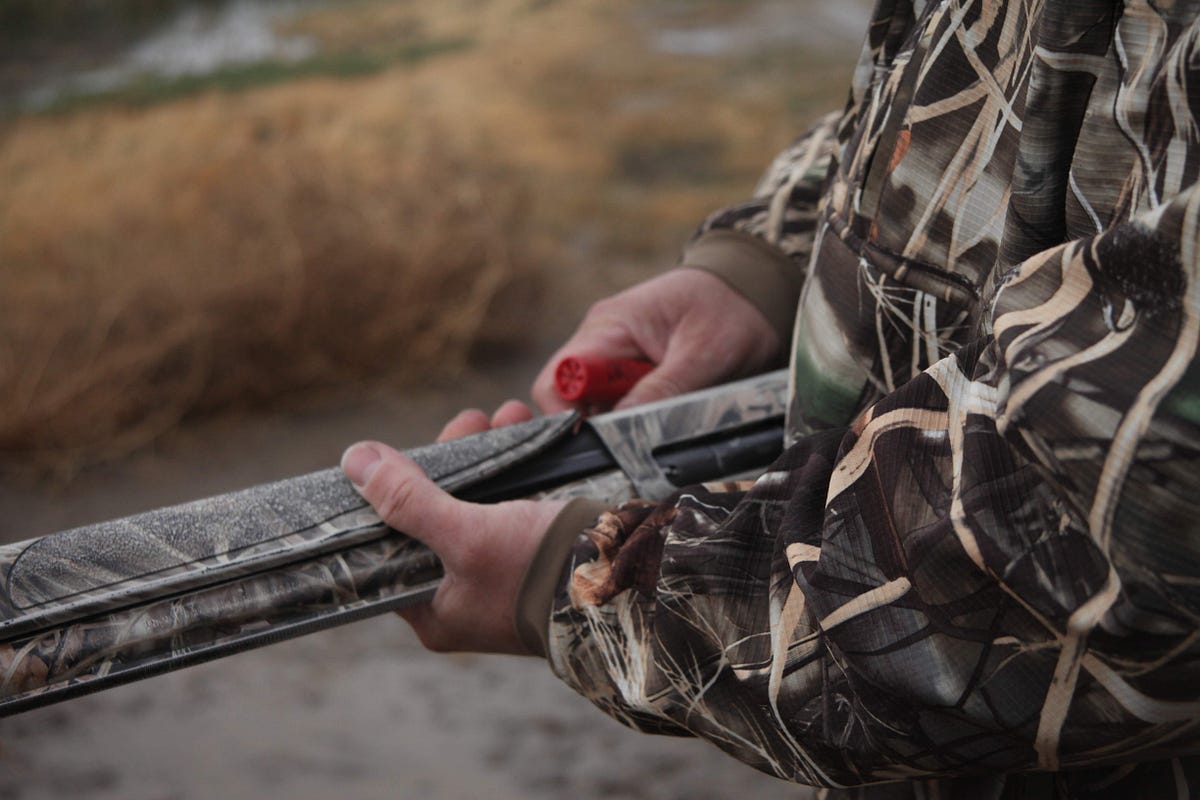
Shotguns and rifles don’t seem like the best tools when it comes to conservation, and that’s because they really aren’t. At least not on their own — the hunters pulling the triggers and taking game for food and sport are a vital part of the conservation of what remains of California’s wild.
The Pittman Robertson act of 1935 is a federal act that takes an 11% excise tax on long guns and ammunition and the 10% tax on handguns as well as archery equipment and apportions it for state wildlife agencies for conservation efforts. Since its implication, the act has raised over $12 billion and those funds has been used to make massive strides in conservation efforts.
“Every hunter has to have a wildlife stamp in order to hunt,” Said California hunter James Clendenen. “All the money from permits, wildlife stamps that we buy, pays for buying land, the upkeep for that land, the land where San Jacinto sat was bought with that money, it was made into a place where migratory birds can land and rest and move on.”
Marching through the dank wetlands at the San Jacinto Wildlife Area, hunters trudge to their blinds in search of their preferred ducks. Long-time hunter Robert Hartman, 42, was in search of Gadwall ducks in the deep green corridors of tall reeds near his blind that Wednesday. The earthy smell of the disturbed underwater soil and the waterfowl scattering high overhead were reminiscent of earlier times when humankind relied more heavily on the land for survival, food, and sustenance. The gentle ambiance of the wetlands was peppered with the popping of far off shotguns being fired at passing ducks, geese, and other fowl resting in the reeds.
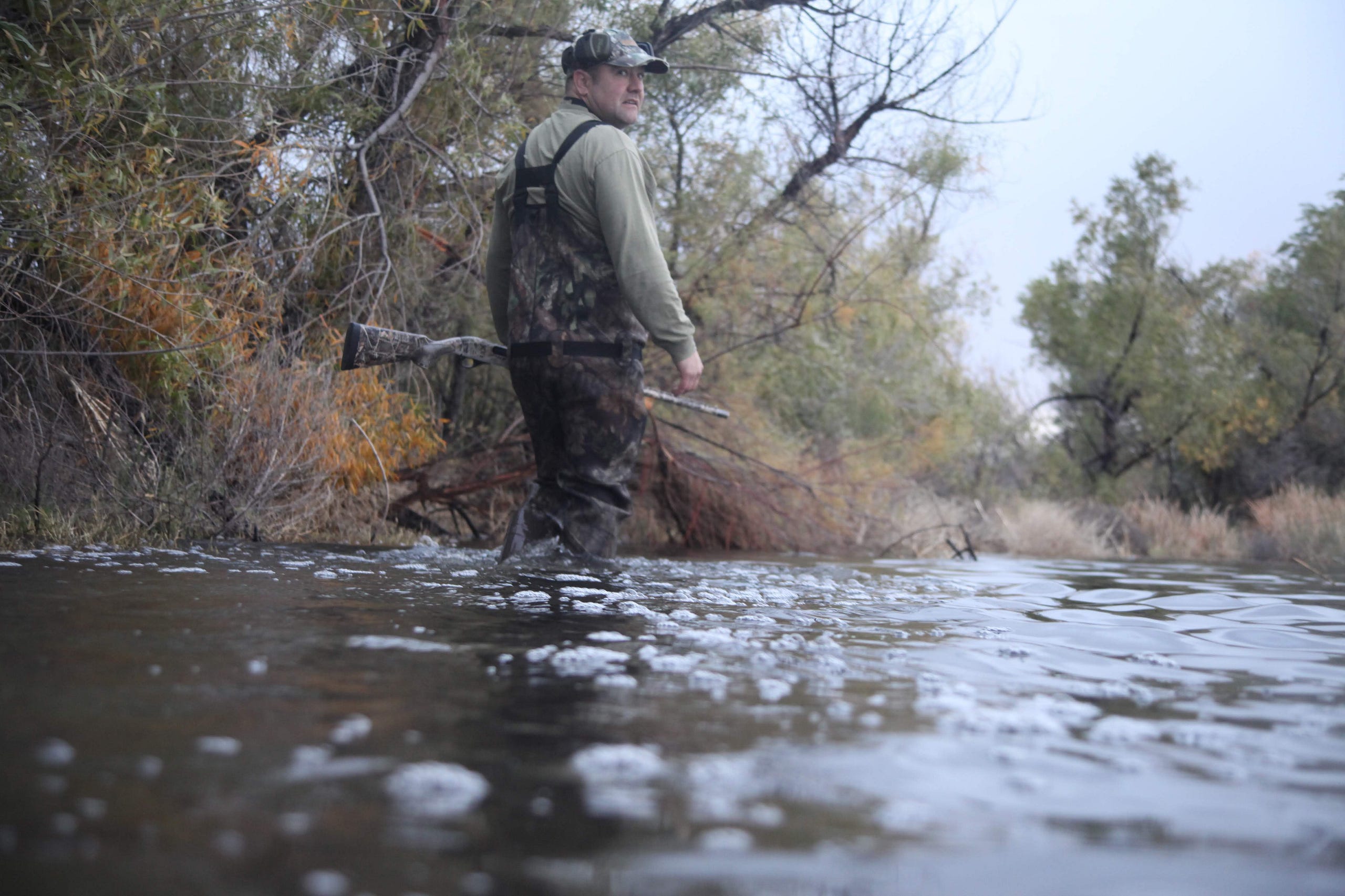
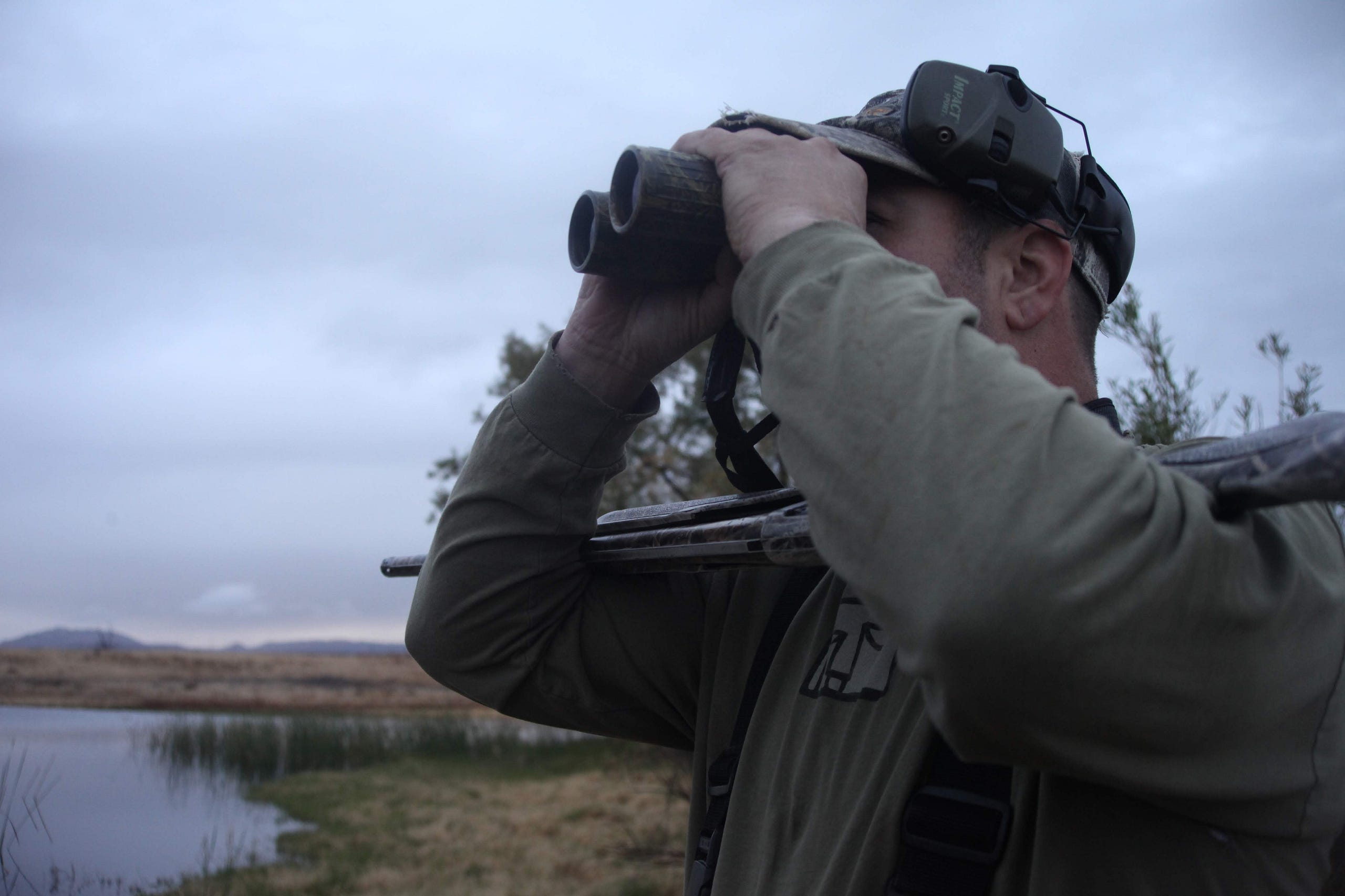
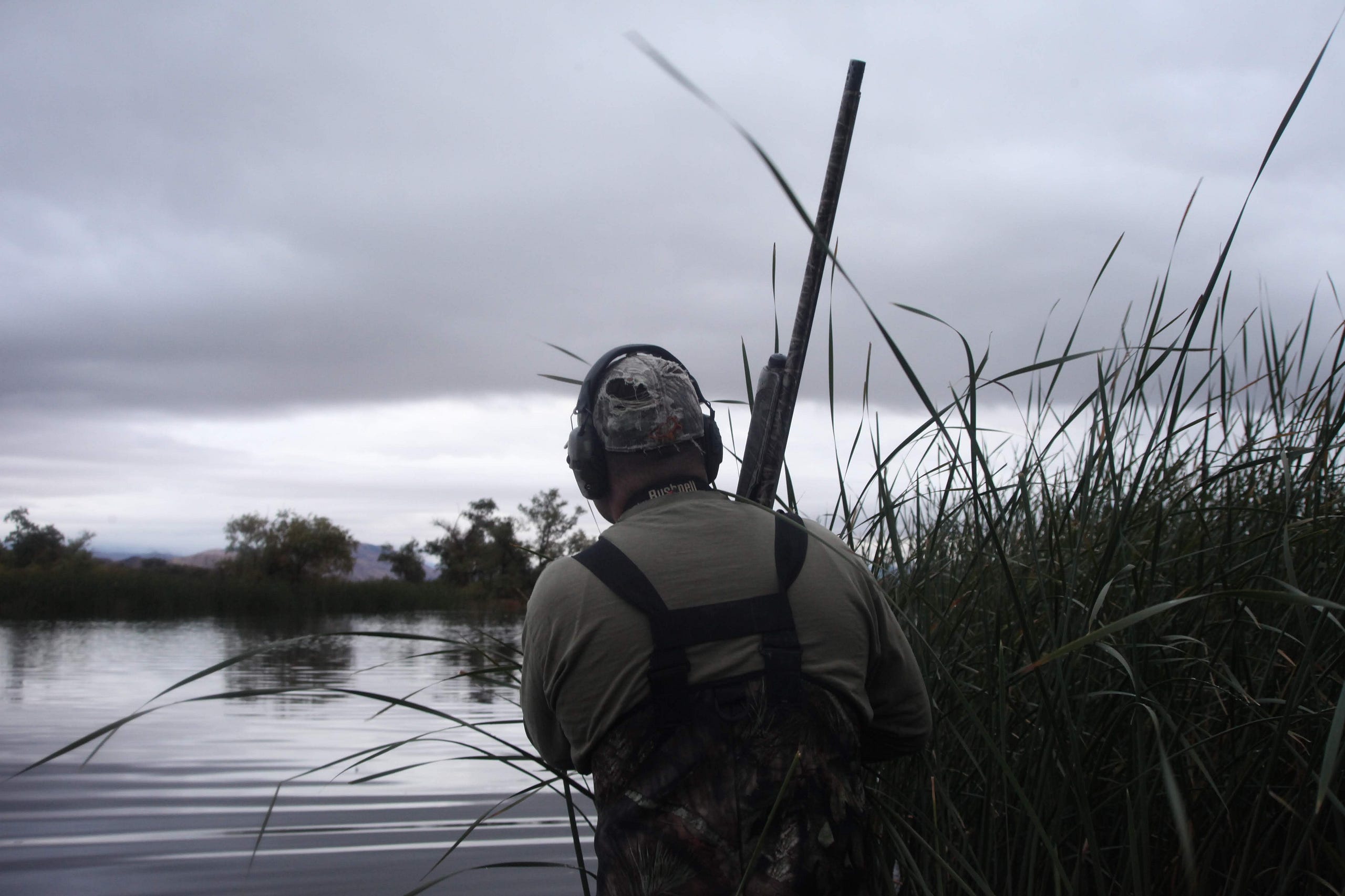
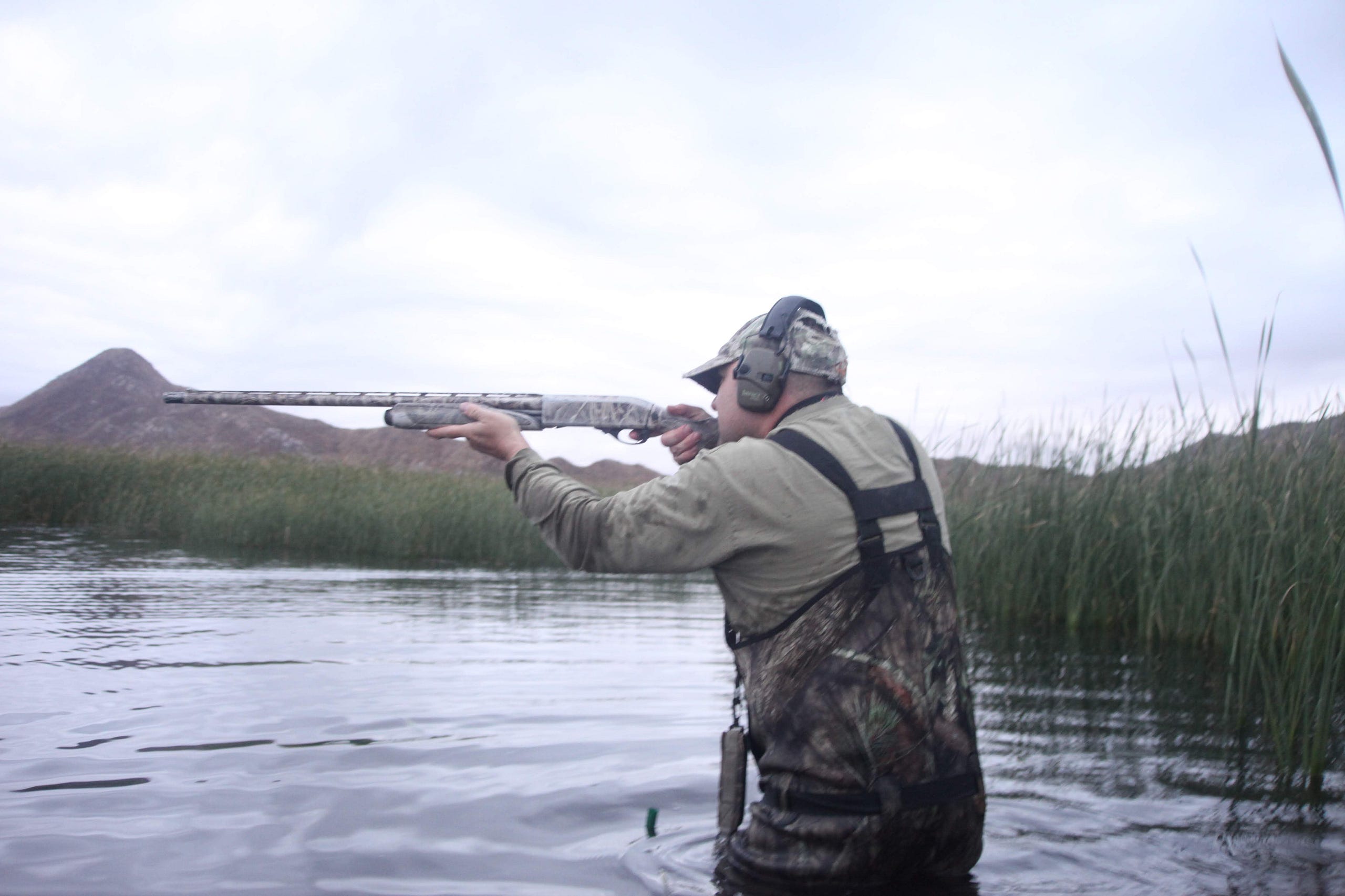
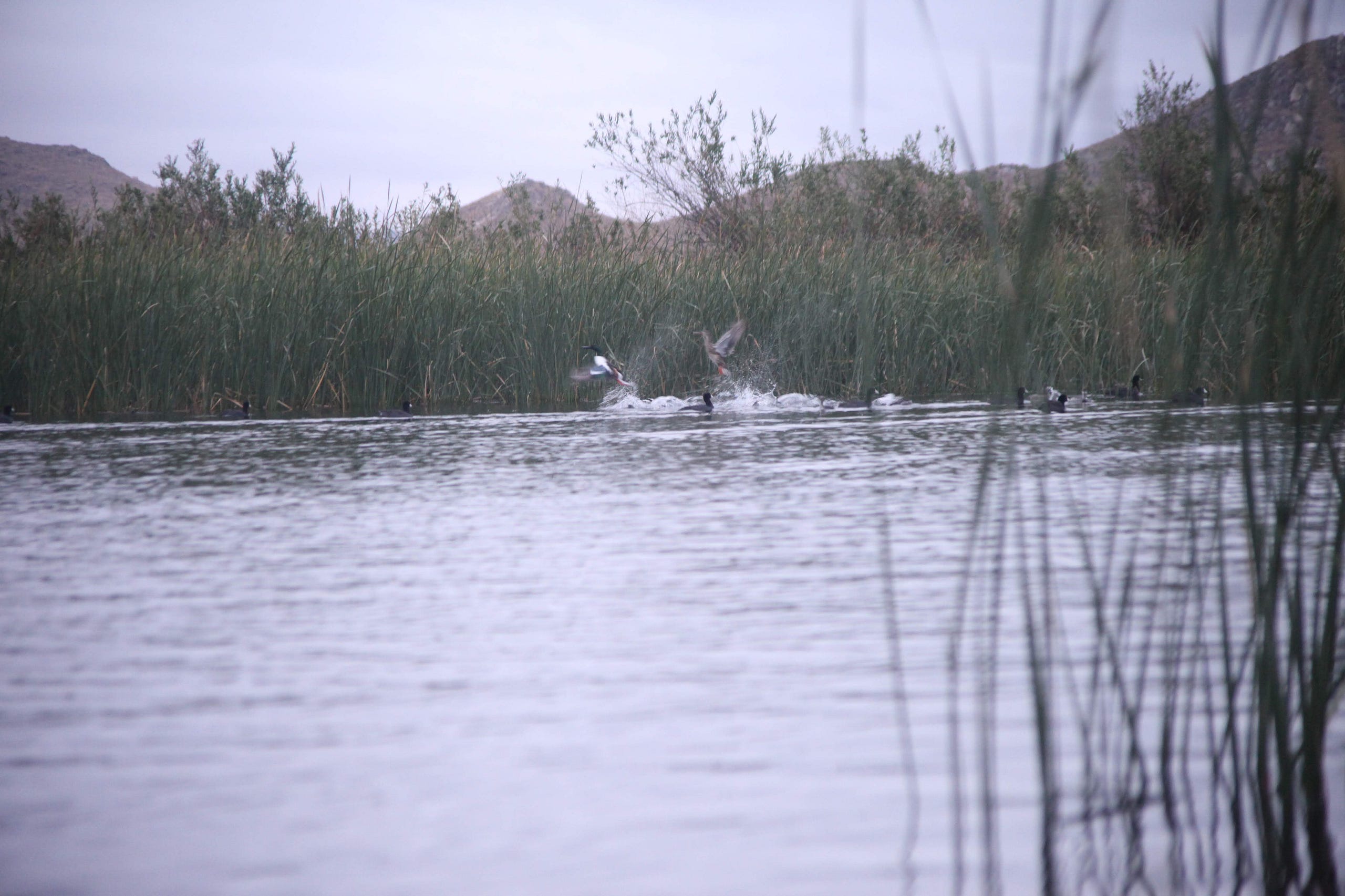
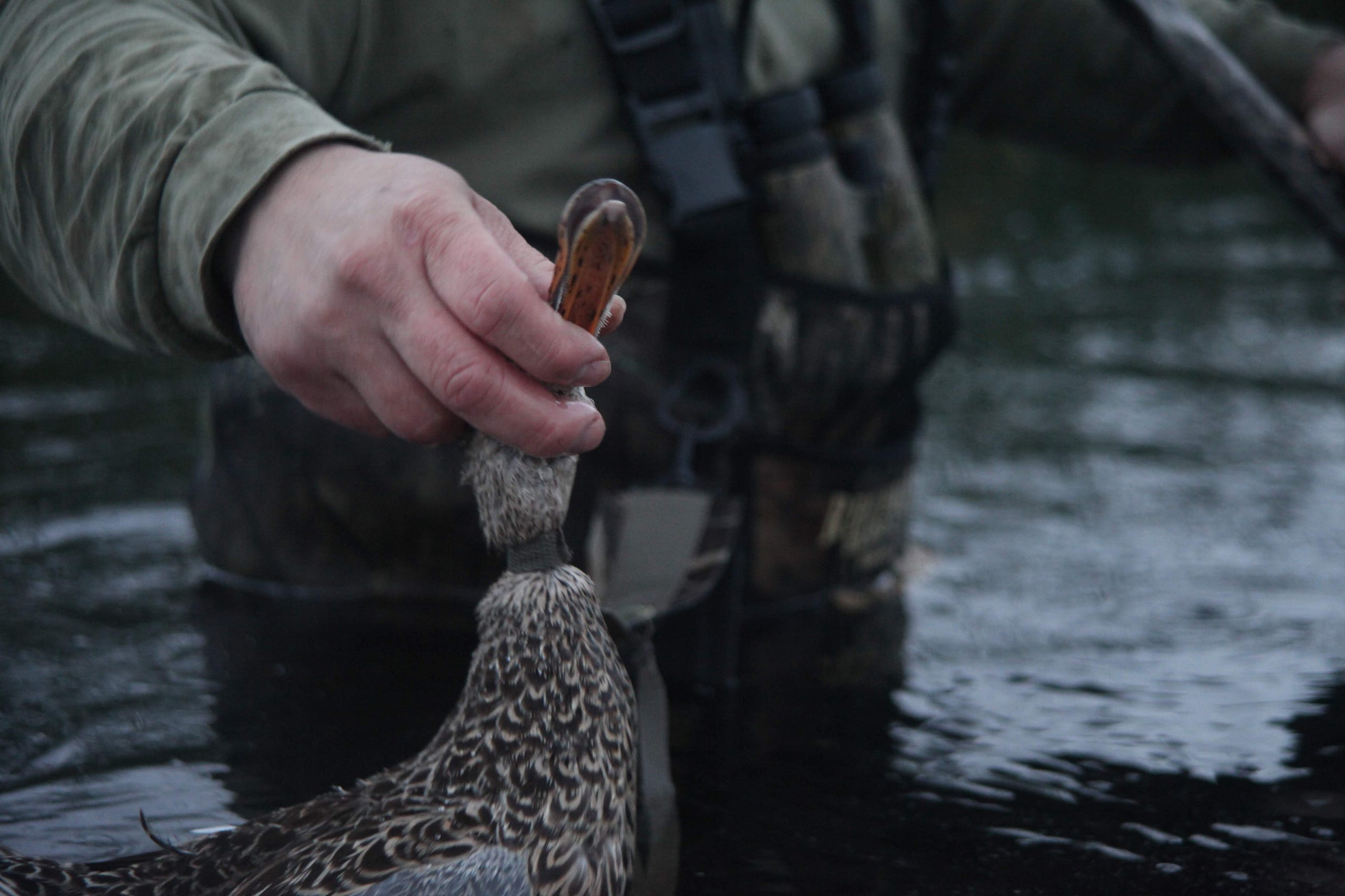



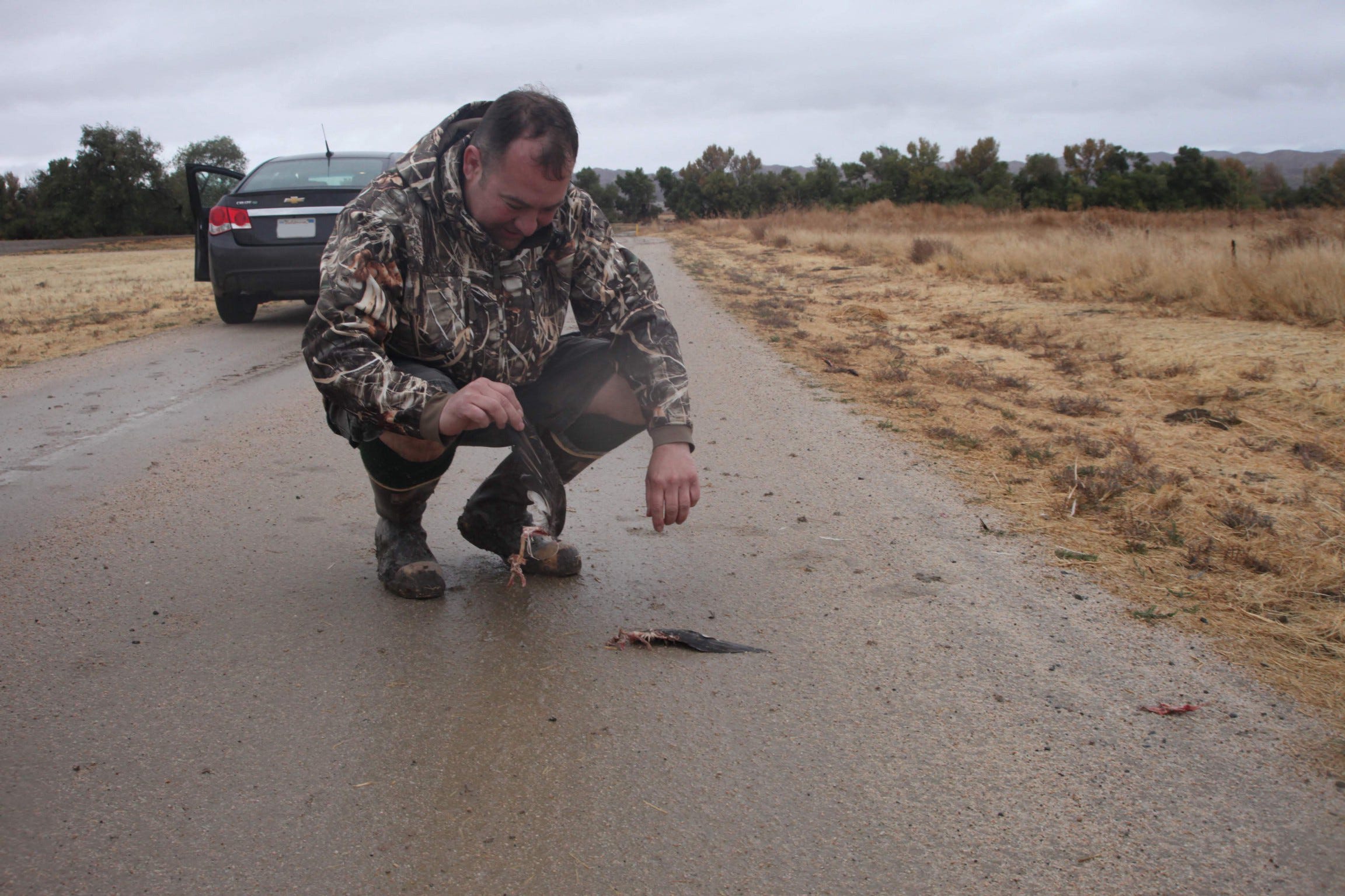

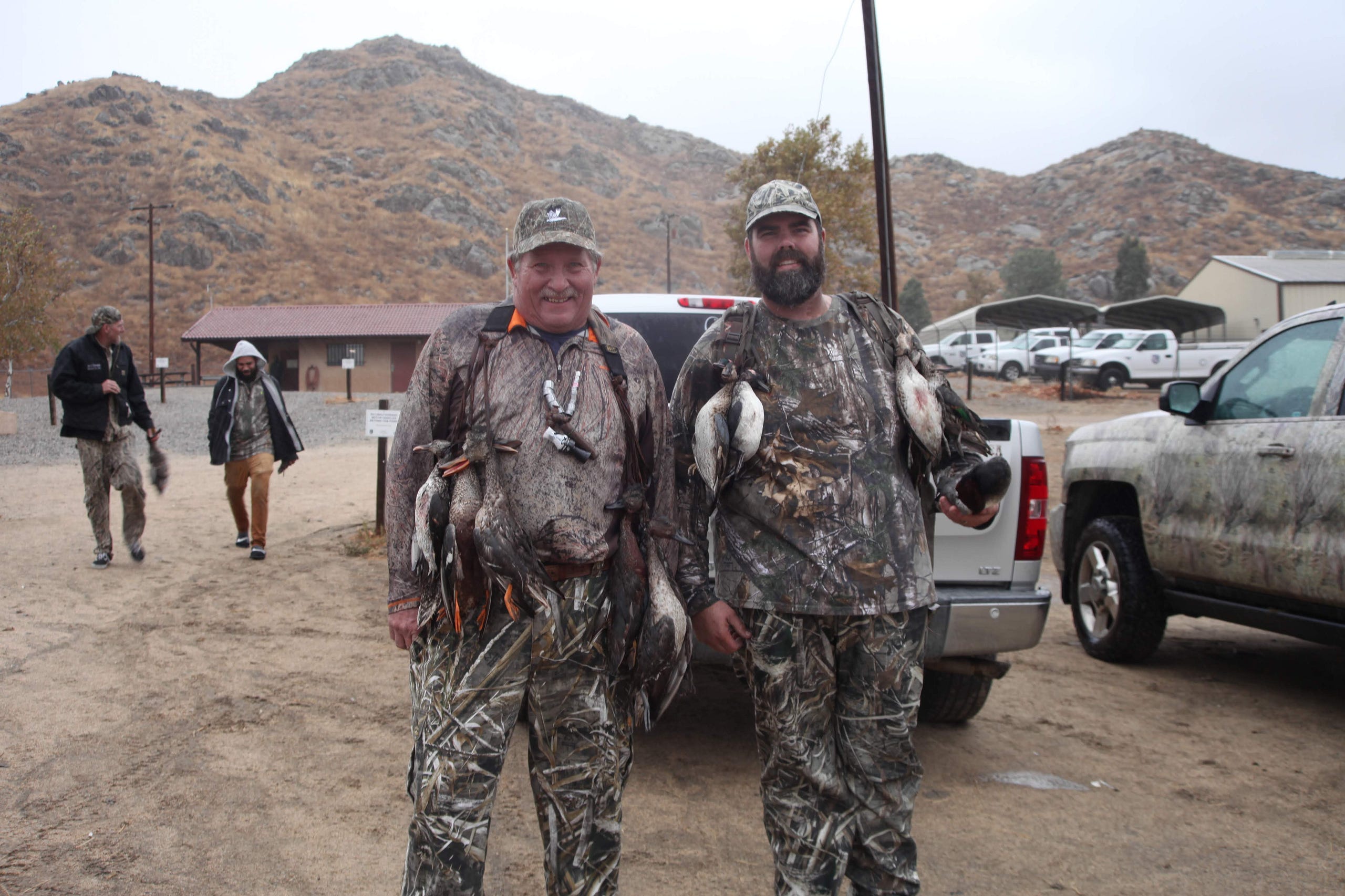
With the ever-growing human population and expansion of cities, towns, and highways, it is important that these bird’s habitats are protected. The duck hunters at the San Jacinto Wildlife Area play an important roll in observing and reporting the population and health of the local waterfowl species population, and it’s safe to say that without them, conservation efforts might be all for naught.
